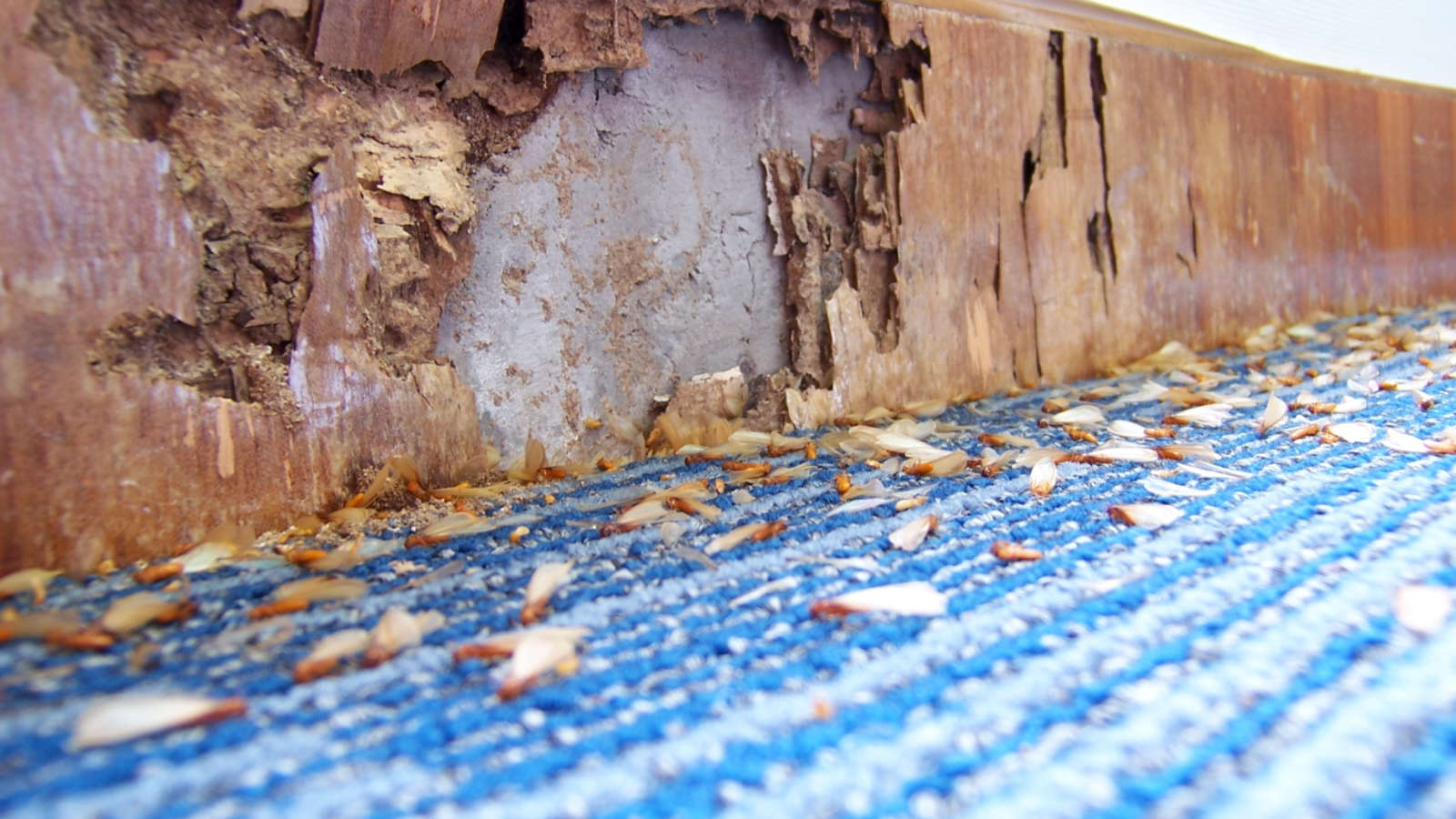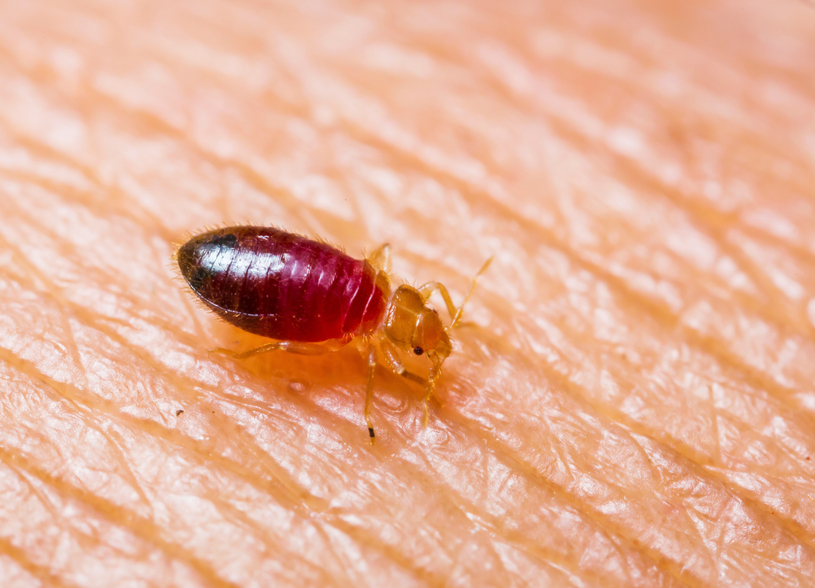
Why You Shouldn’t Ignore a Yellow Jacket Nest Near Your Home
As summer winds down in New York, the days may remain hot, but the food sources for many stinging pests, like yellow jackets, begin to dwindle. This food scarcity drives yellow jacket wasps to become more aggressive in their search for food, which can attract them dangerously close to your home. If you’ve noticed a yellow jacket nest nearby, now is the time to act—ignoring it can lead to serious consequences for you and your family! Keep reading to learn how you can identify a yellow jackets nest and prevent late summer stings from these hangry stingers.
Understanding Yellow Jackets and Their Behavior
Yellow jackets are one of the most common stinging pests in New York. These wasps are often mistaken for bees due to their similar size and yellow-and-black coloration. However, yellow jackets are far more aggressive, especially when they feel their nest is threatened. Unlike bees, which die after stinging, a yellow jacket can sting multiple times, injecting venom with each attack. This makes them particularly dangerous to anyone who is allergic, or to children and pets who may be more vulnerable.
Why Yellow Jacket Nests Become More Dangerous in Late Summer
In the late summer, natural food sources like nectar and other insects become scarce. Yellow jackets, driven by hunger and desperation, seek alternative food sources. This often leads them to human food—your BBQ, picnic, or even the garbage cans outside your home. As they become more aggressive in their search for food, yellow jacket wasps are more likely to sting if they feel threatened or if they think their nest is in danger. These wasps can become territorial and defend their nest aggressively, stinging anyone who gets too close. This is why it’s crucial to address a yellow jacket nest as soon as you notice it.
How to Identify a Yellow Jacket Nest
Yellow jacket nests can be found in a variety of locations, from underground burrows to crevices in walls, eaves, or even trees. These nests are usually gray or brown and have a paper-like appearance, as they’re made from chewed wood fibers mixed with the wasps’ saliva. If you see a large number of yellow jacket wasps flying to and from a specific area, there’s likely a nest nearby.
The Dangers of Being Stung by Yellow Jackets
Being stung by a yellow jacket is not only painful but can also be life-threatening. Yellow jackets can sting multiple times, injecting venom with each sting. For most people, a yellow jacket sting will cause localized pain, swelling, and redness. However, for those who are allergic, a sting can trigger anaphylaxis, a severe allergic reaction that requires immediate medical attention.
Even if you’re not allergic, multiple stings can be extremely painful and potentially dangerous, especially for children or pets. The aggressive nature of yellow jackets in late summer only heightens the risk of being stung.
How to Get Rid of Yellow Jackets Safely
Attempting to remove a yellow jacket nest on your own is not recommended. Disturbing the nest can provoke the wasps, leading to multiple stings. This is particularly dangerous if the nest is located in a high-traffic area near your home’s entrance or in the backyard.
Professional pest control services are the safest and most effective way to get rid of yellow jackets. At Knockout Pest Control, we have the expertise and equipment to remove yellow jacket nests safely, ensuring that you and your family are protected from these aggressive pests. Our team will assess the situation, locate the nest, and use specialized techniques to eliminate the threat without putting anyone at risk.
Schedule Your Yellow Jacket Nest Removal Today
Don’t let yellow jackets take over your home this late summer. Contact Knockout Pest Control today to schedule a yellow jacket nest removal. Our experts will ensure that your home is safe from these stinging pests, so you can enjoy the season without the fear of getting stung by a yellow jacket. Let us knock out your yellow jacket problem before it knocks you out!



